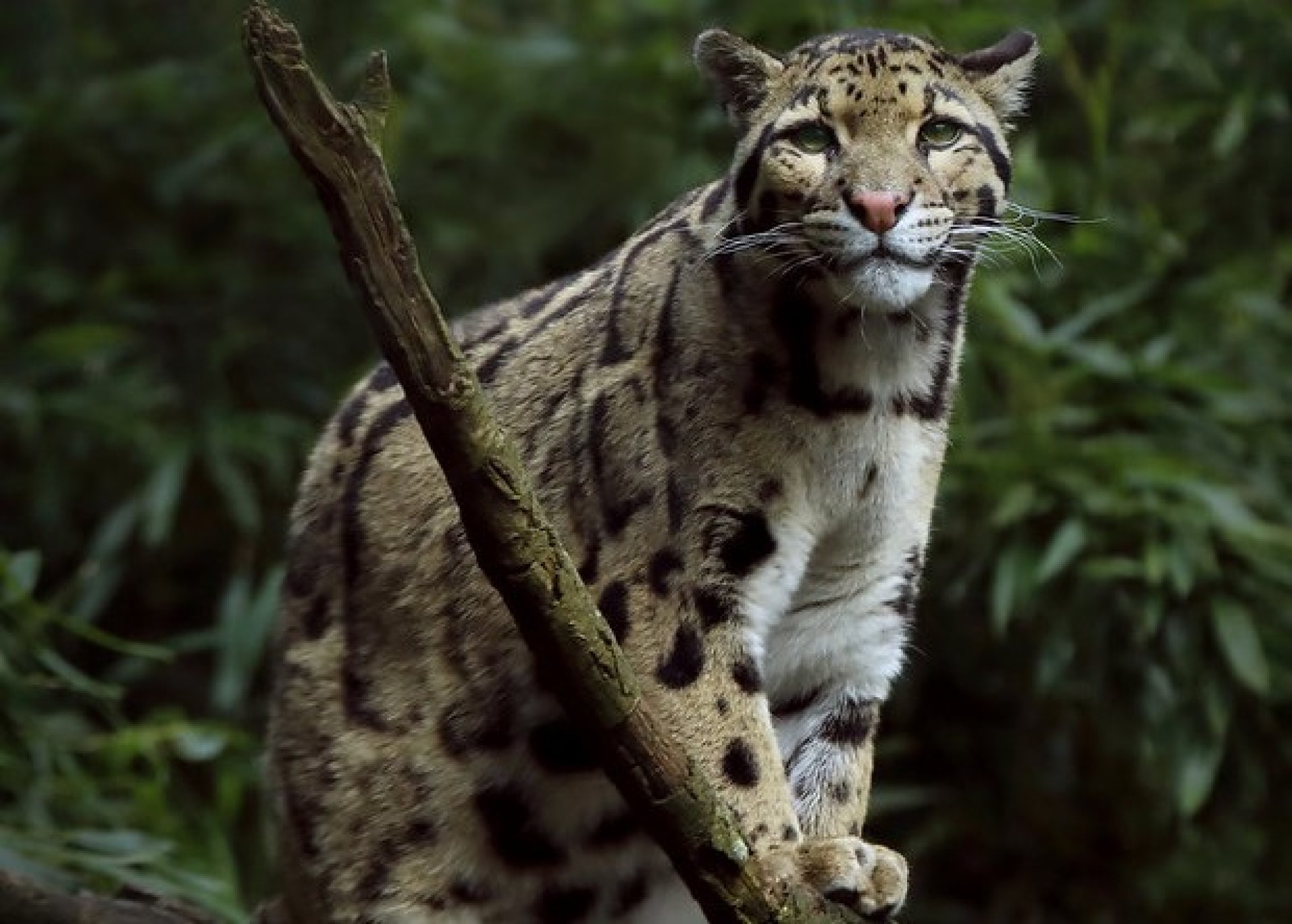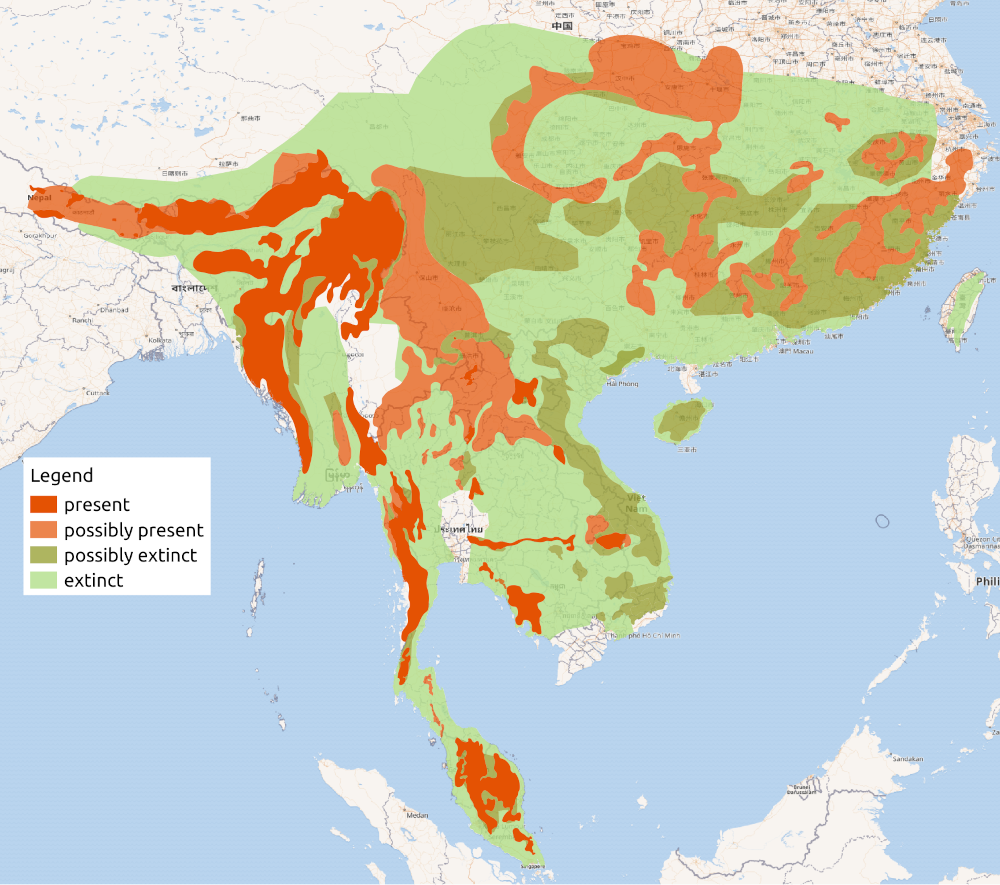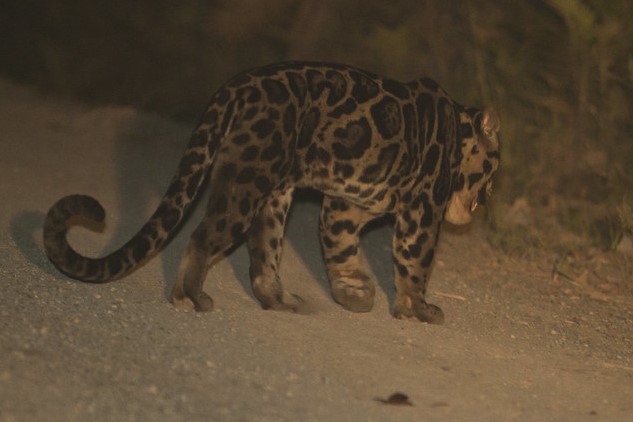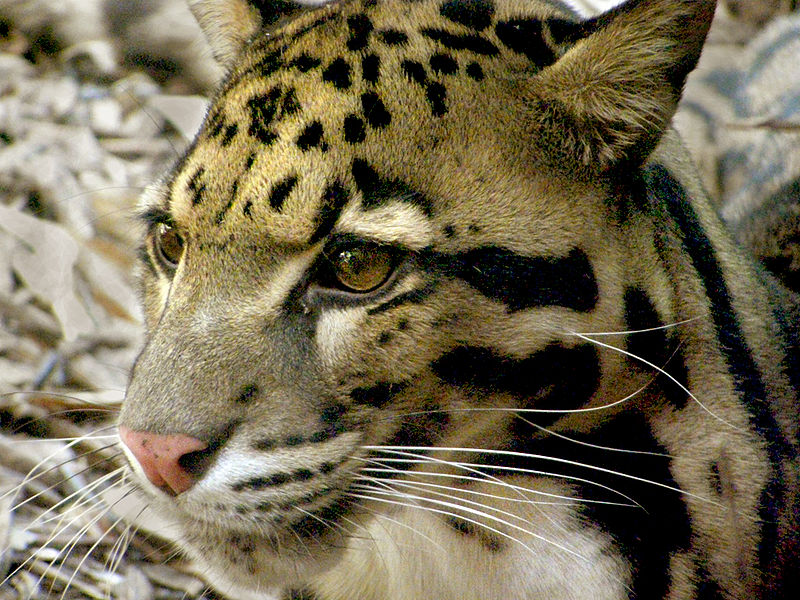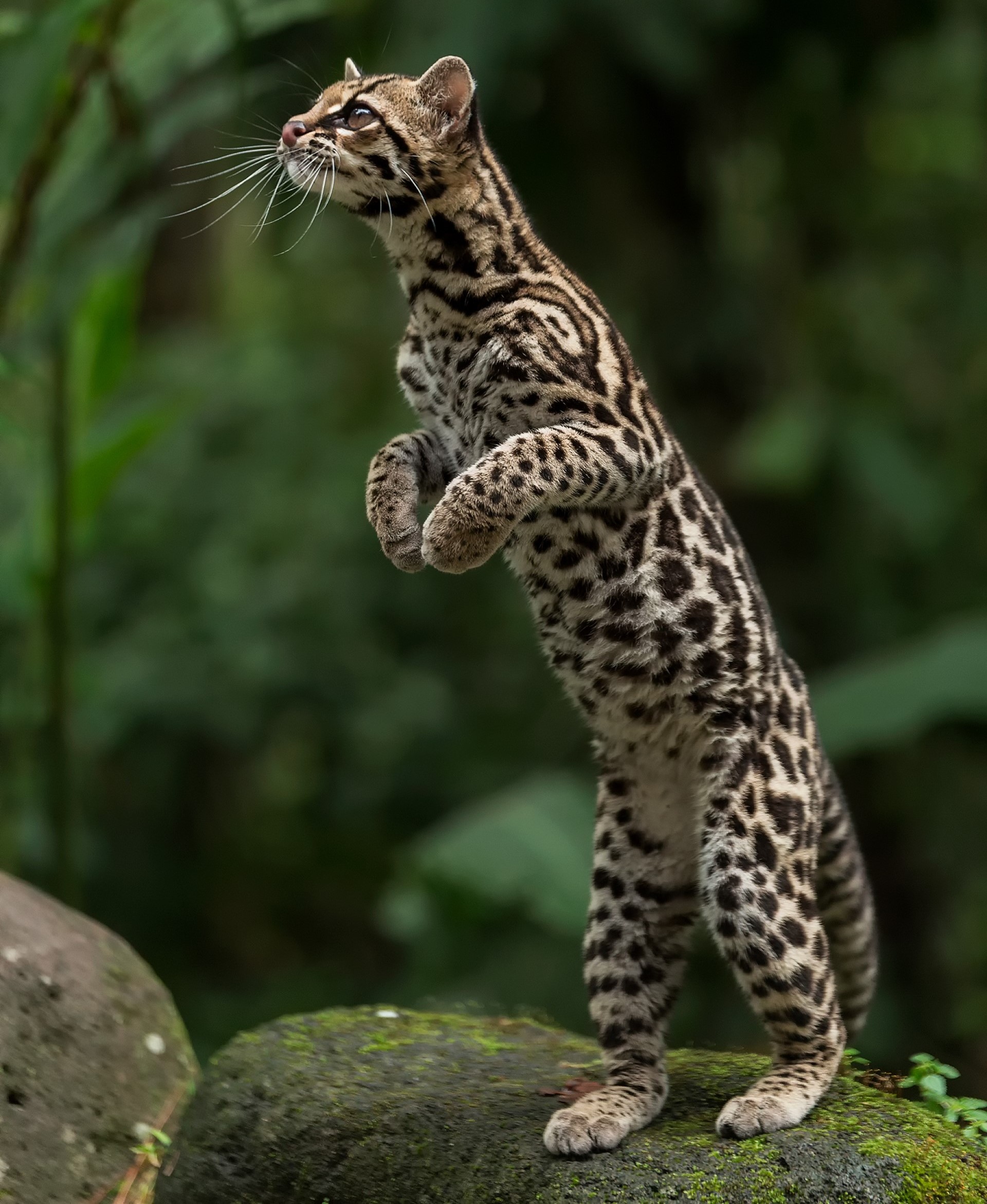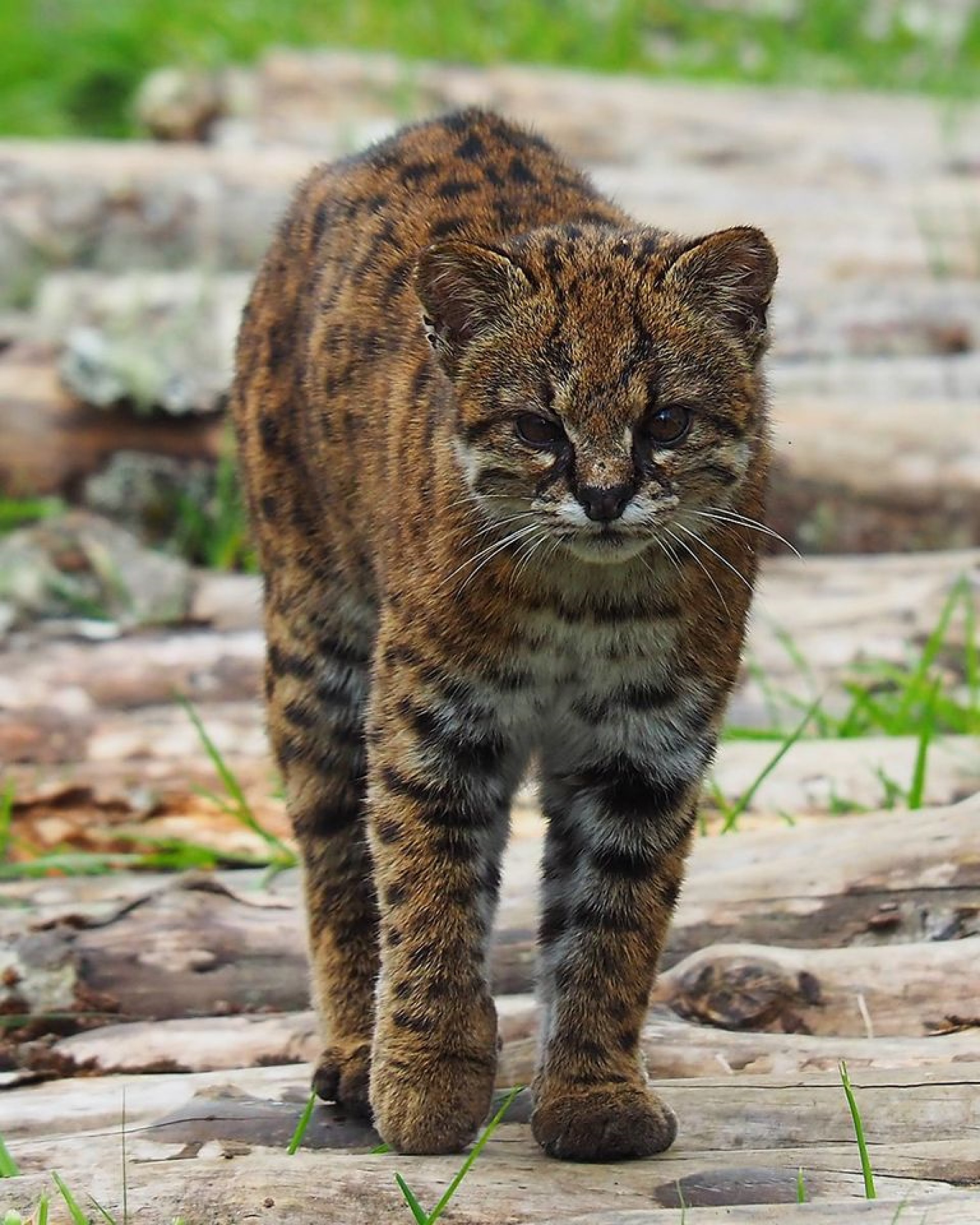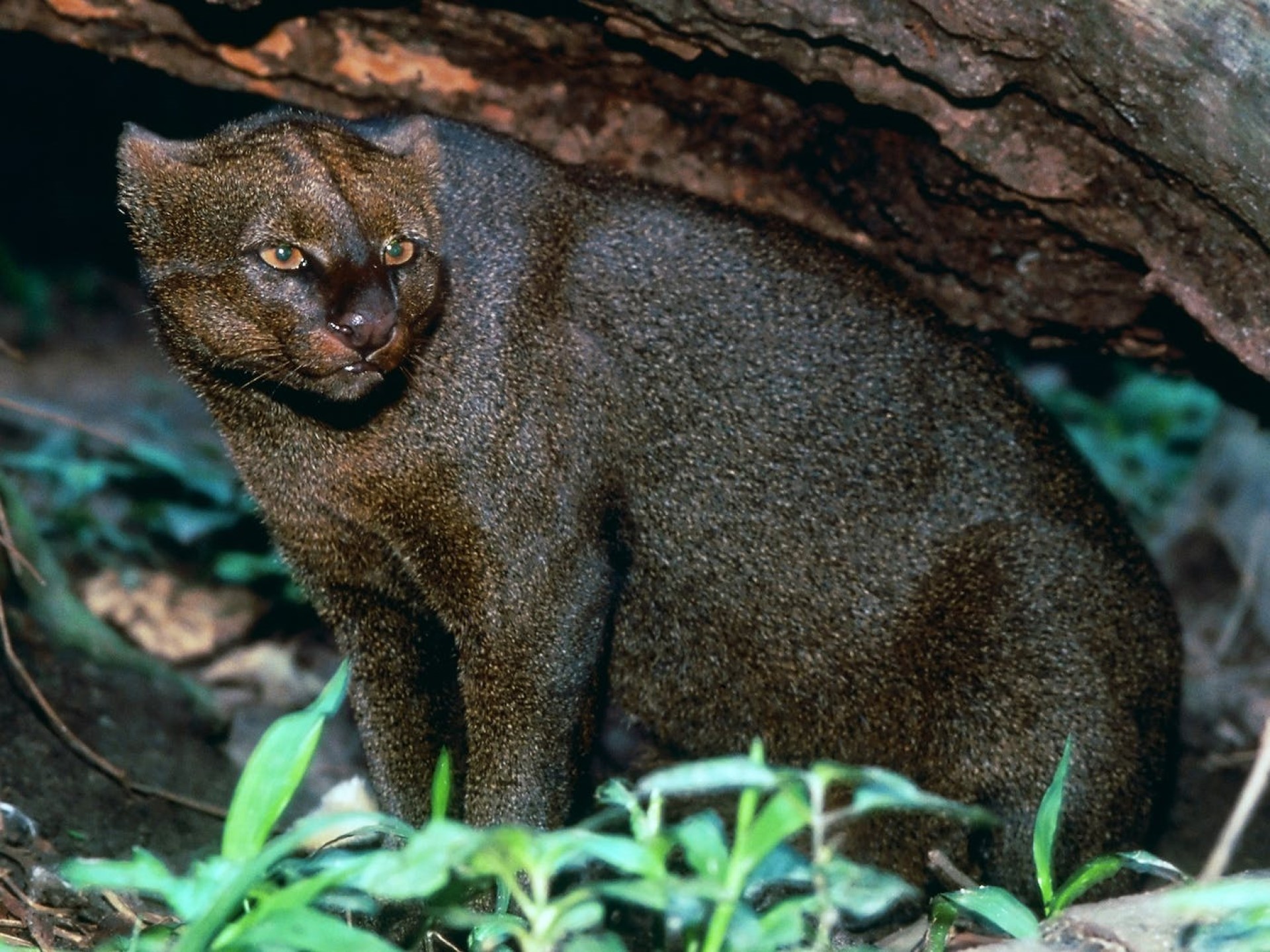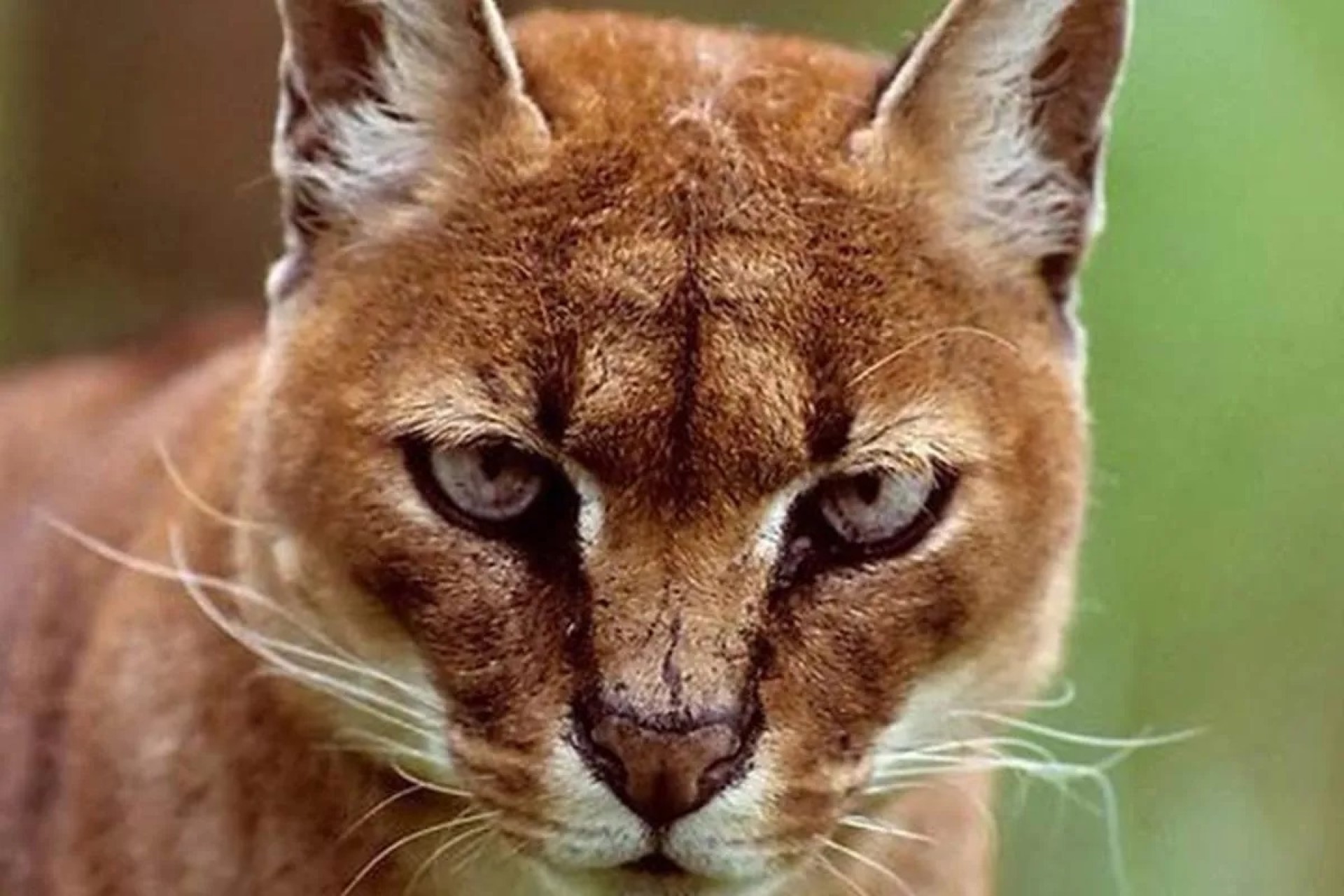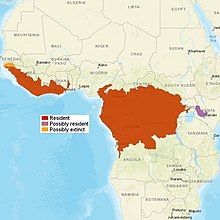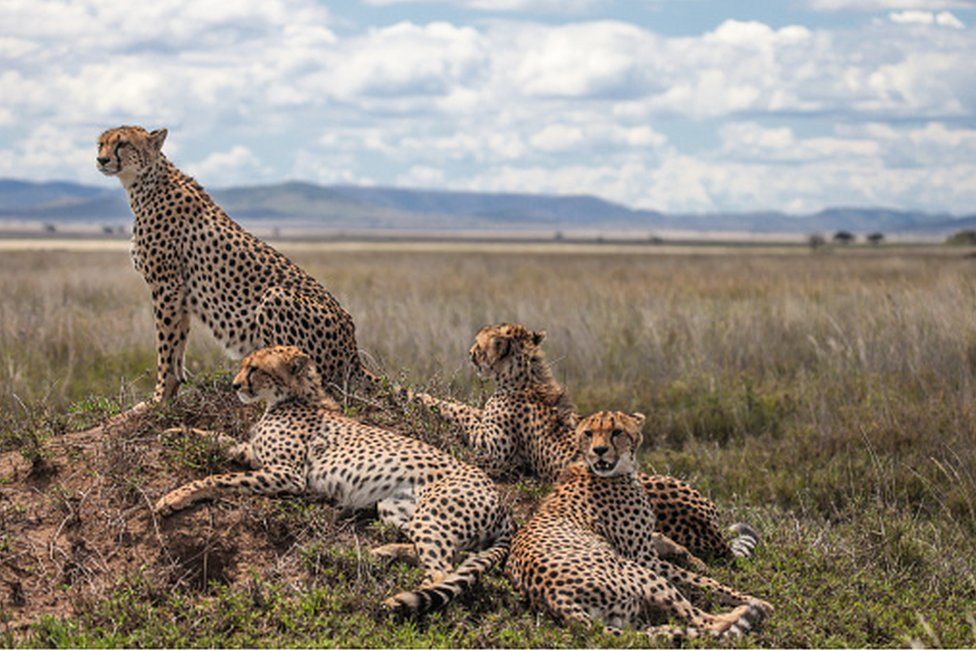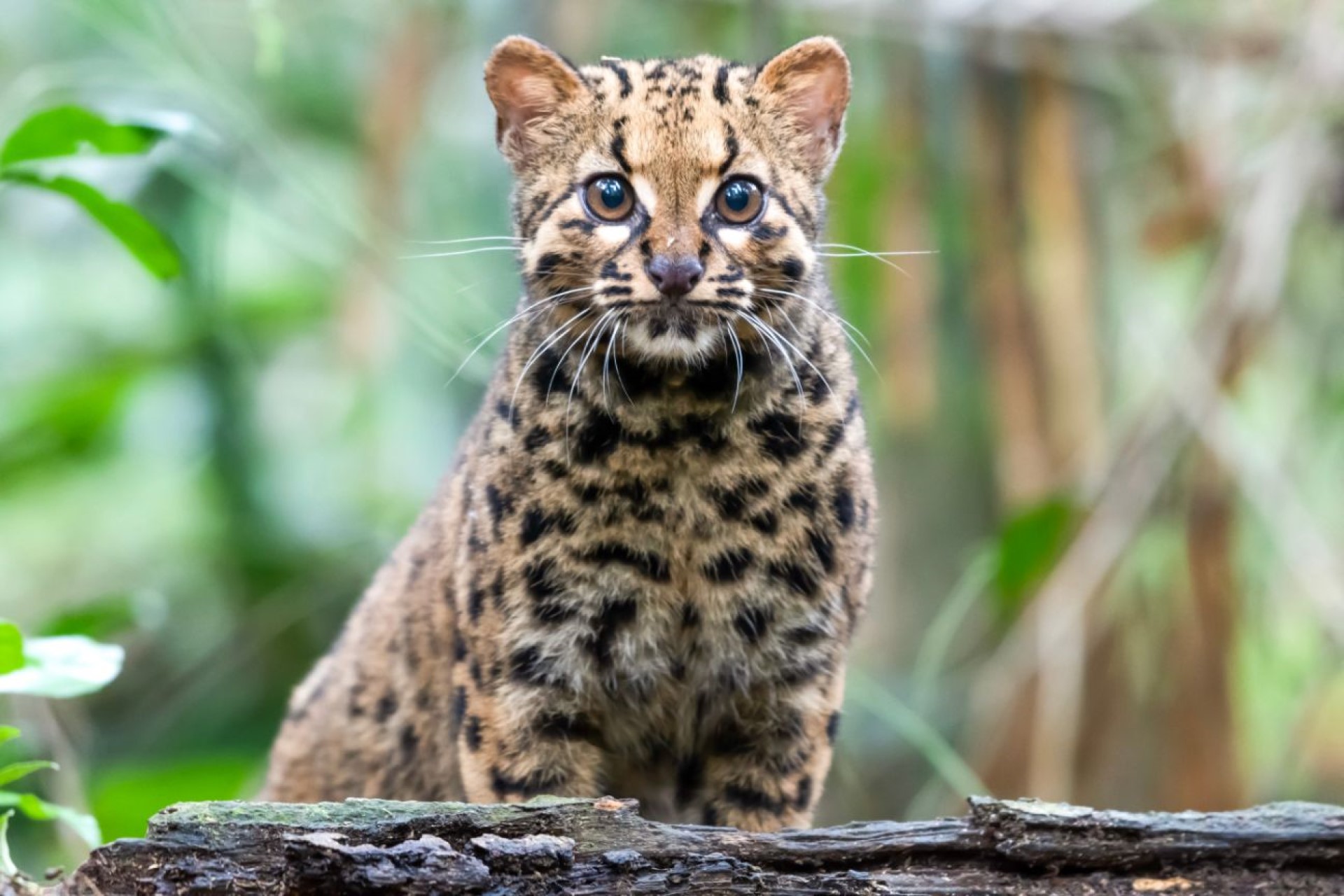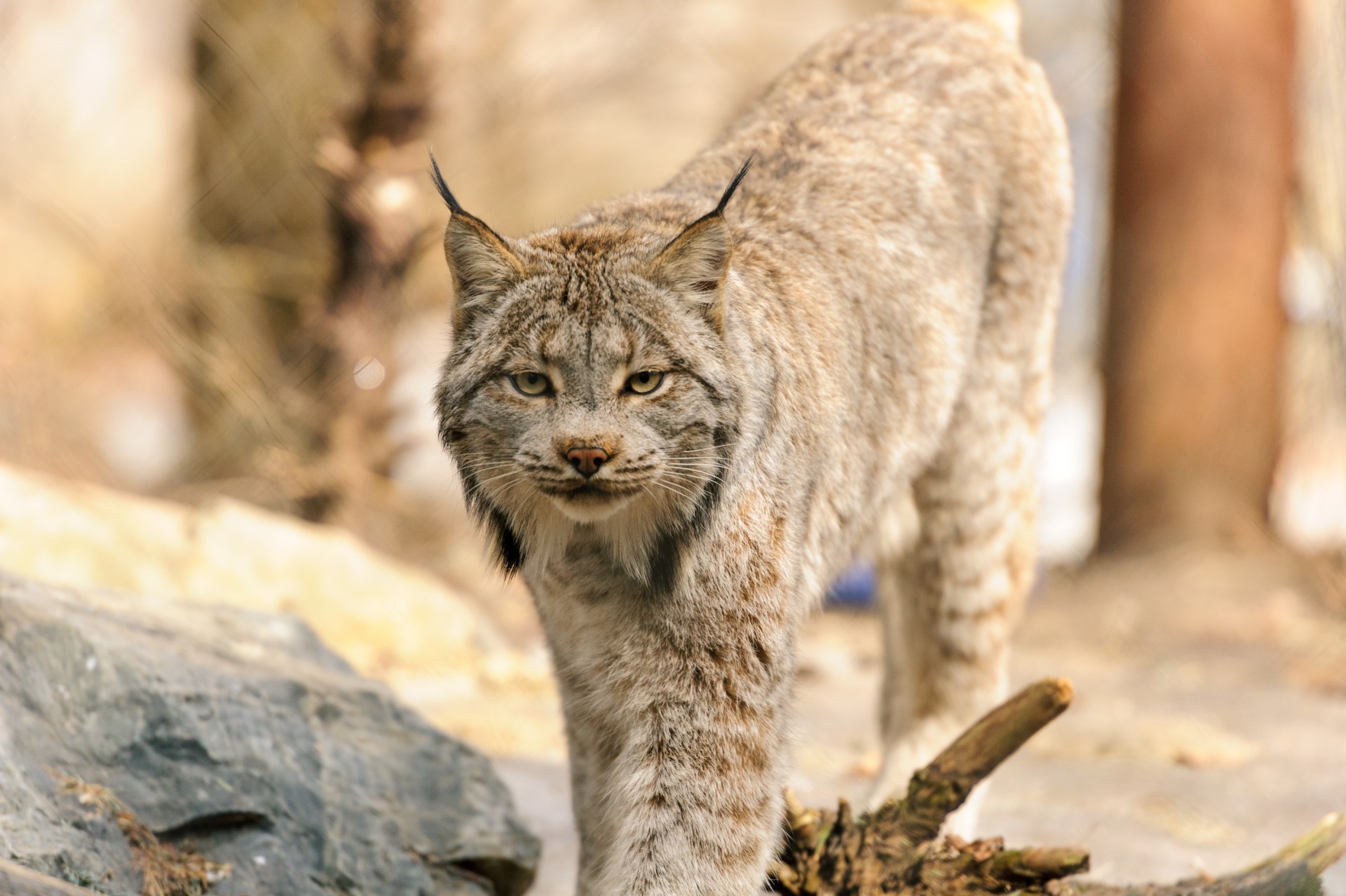
Canada lynx
The Canada lynx is one of 2 new world species, and is found through much of Canada and Alaska, throughout the Boreal forests of spruce and fir. They are hunted but the harvest is worked out on the basis of the population, so it rises and falls quite a lot. Climate change is effecting its northern range, and unfortunately is bringing this cat and the bobcat into more common contact, leading to an increasing number of hybrids along the area that they meet. There are thought to be 10-12 thousands of the Canada lynx across its range.

